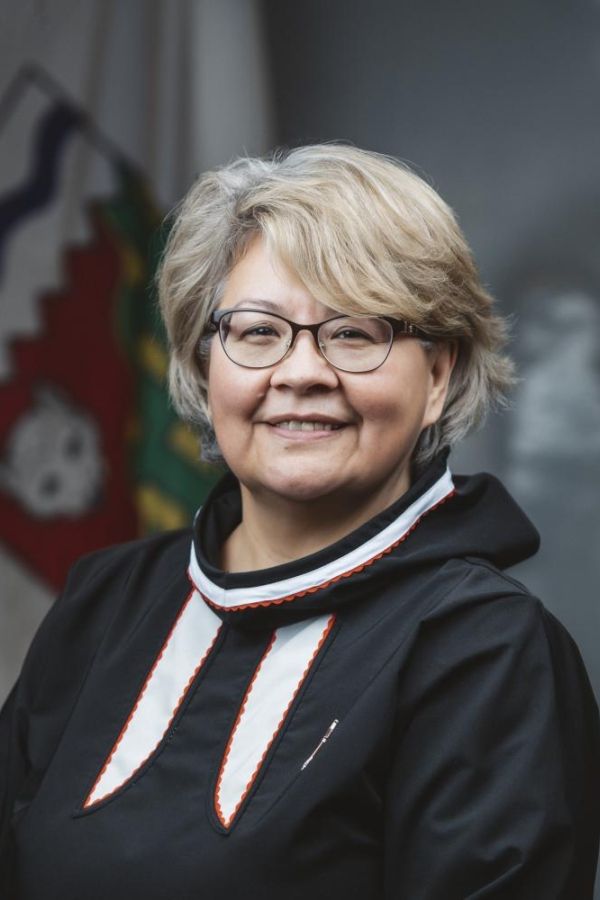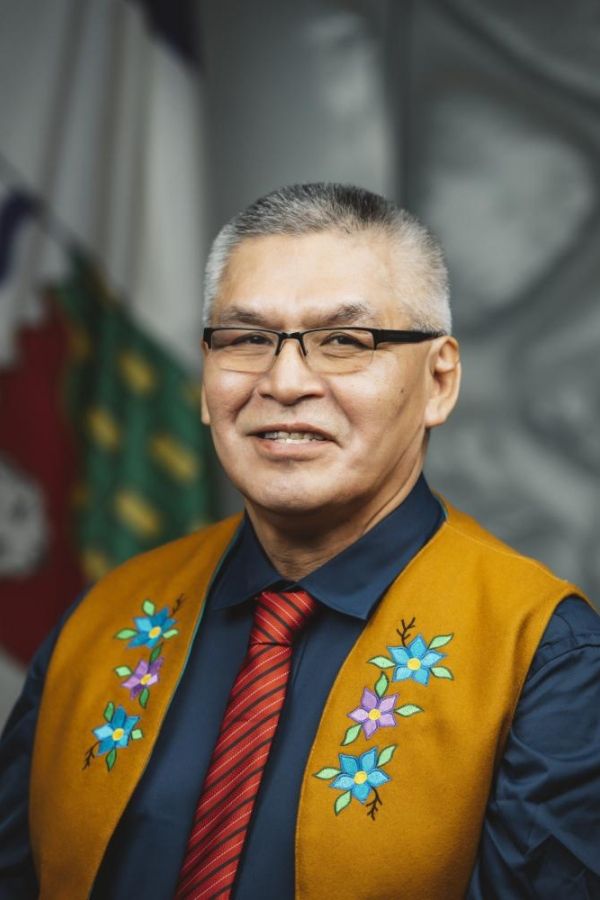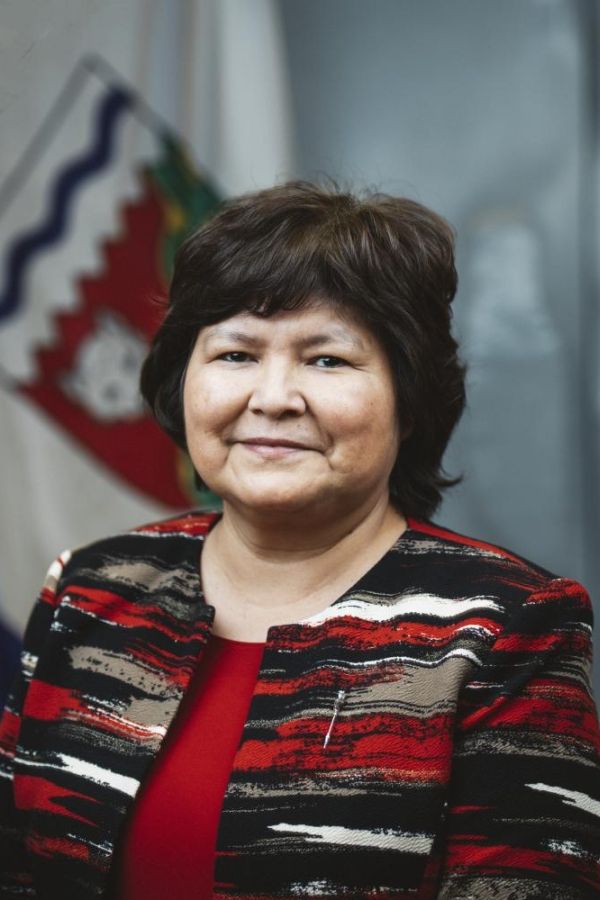Debates of May 30, 2024 (day 19)
Minister’s Statement 39-20(1): Indigenous Recruitment and Retention Framework and Indigenous Employment

Mr. Speaker, increasing Indigenous representation in the public service has long been a goal of the Legislative Assembly. Indigenous under-representation within the public service is a complex and multi-dimensional issue and requires a variety of actions to address, from changes to policy and programming, to increasing resources and training opportunities. Historically, Mr. Speaker, the efforts to achieve this goal were championed by Human Resources. We now know we need a more collaborative approach that provides departments with the flexibility they need so they can address barriers that may be unique to them. We know, for example, that recruiting barriers for the Department of Education, Culture and Employment differ from those faced by the Department of Environment and Climate Change. We cannot, and should not, use a one-size-fits-all approach.
Mr. Speaker, the GNWT Indigenous Recruitment and Retention Framework and Action Plan directs all departments and agencies to develop departmental Indigenous employment plans to increase, develop and maintain the number of Indigenous persons they employ. These plans include short, medium, and long-term targets. Later today, I will table a report on the results of departmental Indigenous employment plans for the 2022-2023 fiscal year. This report outlines each department and agency's efforts to meet their targets and their unique approaches to address the challenges and opportunities related to Indigenous recruitment and retention.
During this reporting period, a job description review guide was launched to help departments set appropriate positional education and experience requirements and include Indigenous cultural and social factors into job descriptions. There was also a review of job descriptions by every department, with GNWT-wide reviews exceeding 2022-2023 targets. We launched mandatory training for managers on the staffing process and recruitment programs, as well as adding training on mitigating and unconscious bias. Indigenous-focused mental health support programming called A New Dawn, a New Light was also made available, with supports offered through app-based programs rooted in diverse Indigenous cultural and healing practices. We also released a GNWT-wide succession planning guide that aligns with the goal of increasing Indigenous representation in the territorial public service.
Mr. Speaker, over the last year, the framework has positively impacted the use of related GNWT programs. For example, both the Indigenous Career Gateway Program and the Building Capacity with Indigenous Governments Program have been fully utilized.
Departmental Indigenous employment plans support continual improvement of our recruitment and retention practices. As we move forward and achieve new levels of Indigenous leadership and representation at all levels of government, they will provide the GNWT with opportunities to celebrate our successes in the years ahead. As we reflect on the successes of the first year of Indigenous employment plans, I want to close by thanking each department and agency for their attention and efforts related to Indigenous recruitment and retention. In many cases, GNWT departments have either met or exceeded the targets they have set to date. All departmental Indigenous employment plans are publicly available on the Department of Finance's website, and I encourage everyone to review the progress to date and upcoming actions that our departments will achieve. Thank you, Mr. Speaker.
Thank you, Minister of Finance. Ministers' statements. Minister responsible for Health and Social Services.


















